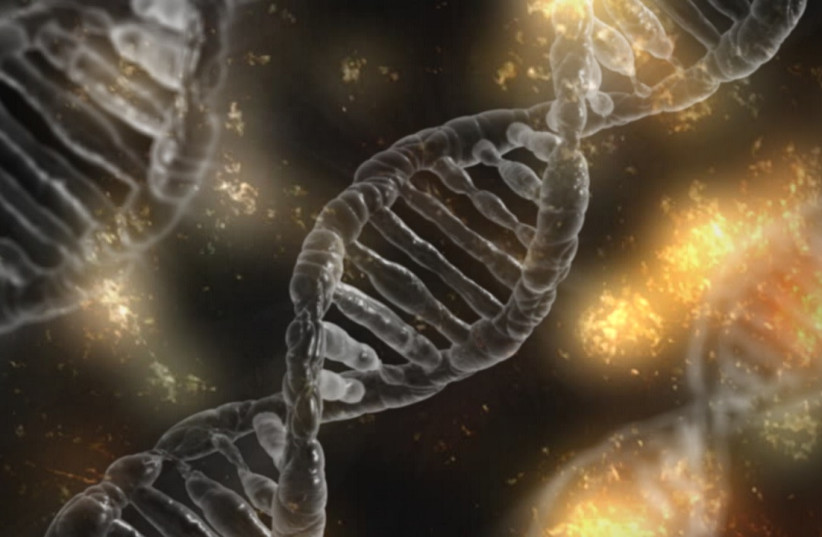Evolution is an ongoing phenomenon in human populations around the world, and has even resulted in noticeable changes within our species over the last few millennia, scientists told Newsweek in an article published this week.
Evolution is defined as a change in the frequency of certain genes through time, explained Jason Hodgson, an anthropologist and evolutionary geneticist at Anglia Ruskin University in the United Kingdom.
Evolution generally occurs in two different ways: genetic drift and natural selection. Genetic drift refers to random fluctuations in the frequencies of certain genes between generations in populations. Natural selection is when a genetic variant provides a reproductive advantage to individuals that carry it, Hodgson explained. Natural selection occurs more frequently in larger populations.
In some generations, a genetic drift will occur frequently. In other generations it will not. The strength of the drift largely depends on the size of the population, with small populations frequently experiencing a greater degree of genetic drift than larger populations.
According to Hodgson, “The census size of humans has now surpassed 8 billion people. In a population this size, genetic drift should be almost negligible. However, in reality humans are subdivided into much smaller groups, within which people are more likely to choose their mates.”

He continued, "This means that in practice evolution occurs in much smaller groups, and genetic drift does still operate."
Natural selection is also still occurring, although the drivers are different now from in the past. In the past, natural selection occurred to increase resistance to certain diseases, or to strengthen oneself from predators, however these threats have largely been removed.
Ways in which evolution is occurring in the present
Currently, he said, what is variable across human groups is access to things like healthcare and birth control. This means that the rates of people surviving to a given age and reproductive success are also variable.
"Not all evolutionary change is to do with things like death from disease, or risks faced from a harsh environment," Hodgson added. "Anything that creates variation in birth rates among groups, so long as there are differences in allele frequencies among those groups, will create evolutionary change. Because allele frequencies vary among human groups, any difference in reproductive rate among those groups will cause evolution if we are considering the human species as a whole."
According to Nick Longrich, a paleontologist and evolutionary biologist at the University of Bath in the United Kingdom, humans are evolving rapidly, and a notable example is “our brain size is evolving—[they] have actually become smaller over the past 10,000 years since we started living in civilization," he said. "Brains seem to be smaller now than even in Greek or Roman times."
He also provided the example of increased tolerance to lactose, referring to how some European populations have developed the ability to tolerate milk into adulthood.
According to scientists, Newsweek noted, the Covid pandemic may have resulted in evolutionary pressures among the species, although its extent is unclear at present.
